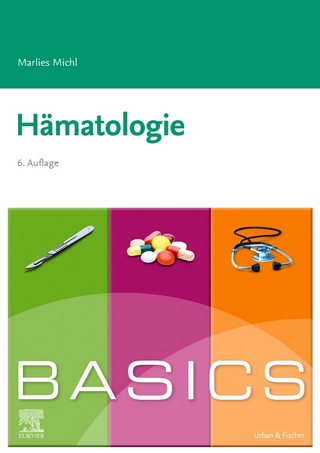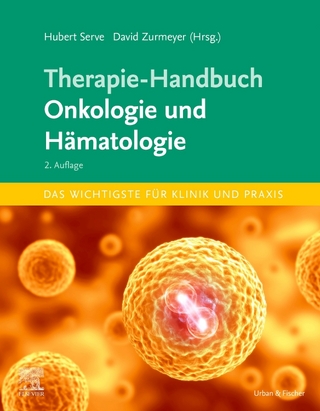
Haematological Cytochemistry
Churchill Livingstone (Verlag)
978-0-443-04943-9 (ISBN)
- Titel ist leider vergriffen;
keine Neuauflage - Artikel merken
The second edition of this book, published in 1988, incorporated over four thousand new references to advances in cytochemical practice covering predominantly orthodox applications of chemical colour reactions in the direct demonstration of intracellular constituents, including a wide range of enzymes, but also dealing with the growing science of immunocytochemistry. During the years preceding the third edition certain refinements of standard cytochemical procedures, including improvements in quantitative methods and approaches, and some additional techniques of value, such as the important silver staining methods for nucleolar organizer regions, have been introduced and are described and discussed appropriately, but the main bulk of the 600 further new references now incorporated in this edition are concerned with the fields of immunocytochemistry and the still more recent but rapidly expanding science of hybridocytochemistry.
The impact of immnocytochemistry in the study of haemic cells and especially in the differential diagnosis of subvariants of leukaemias, lymphomas and allied malignant states has warranted further considerable expansion of Chapter 3, where the general principles of immunocytochemistry are discussed, and Chapters 14 and 15, where the overall cytochemical findings in these neoplastic diseases are brought together. The increased use of flow cytofluorometric techniques to identify and separate components of mixed cell populations reacting with different surface antigen reactions, and the potential combination of DNA quantitation with such marker reactions, are discussed and illustrated. The development of antibodies, either polyclonal or monoclonal, against antigen epitopes resistant to standard fixation and embedding procedures used in histology has allowed the extension of surface marker discrimination from cell suspensions and smear preparations to formalin-fixed and paraffin wax-embedded sections of bone marrow or lymph node biopsies, and the nature and result of such advances are discussed.
The techniques of in situ hybridization (ISH), using the capacity of single nucleic acid chains to couple with complementary base pair sequences, have permitted the identification and localization of specific DNA or RNA sequences in morphologically intact cells or in chromosome spreads, and the development of molecular cloning methods provides a virtually unlimited range of nucleic acid probes to use in such analyses. The principles involved and the broad areas of application in haematological cytology and cytogenetics are described in a new section of Chapter 2, and referred to where relevant in later chapters.
History, general principles and procedures,and potential value of cytochemical methods in haematology; Nucleoprotein cytochemistry and immunocytochemistry, flow cytometry, in situ hybridization techniques and applications in cytogenetics; Other proteins, amino acids, and immunocytochemical methods for antigenic proteins; Carbohydrates / Lipids and sudanophilia; Iron and other inorganic elements; Phosphatases; Esterases; Dehydrogenases; Oxidases, peroxidases and catalases; Other enzymes; Cytochemical findings in cultured haemic cells; Major cytochemical findings in non-neoplastic pathological haemopoiesis; Major cytochemical findings in leukaemias, preluekaemic myelodysplasias and related states; Major cytochemical and histochemical findings in lymphocyte subpopulations and in normal, reactive and lymphomatous lymph nodes. lymphocyte subpopulations and in normal, reactive and lvmphomatous lymph nodes.
| Zusatzinfo | 426 colour halftones and 126 b&w halftones, index |
|---|---|
| Verlagsort | London |
| Sprache | englisch |
| Maße | 314 x 45 mm |
| Gewicht | 1951 g |
| Themenwelt | Medizinische Fachgebiete ► Innere Medizin ► Hämatologie |
| Studium ► 2. Studienabschnitt (Klinik) ► Anamnese / Körperliche Untersuchung | |
| Naturwissenschaften ► Biologie ► Biochemie | |
| ISBN-10 | 0-443-04943-2 / 0443049432 |
| ISBN-13 | 978-0-443-04943-9 / 9780443049439 |
| Zustand | Neuware |
| Informationen gemäß Produktsicherheitsverordnung (GPSR) | |
| Haben Sie eine Frage zum Produkt? |
aus dem Bereich


